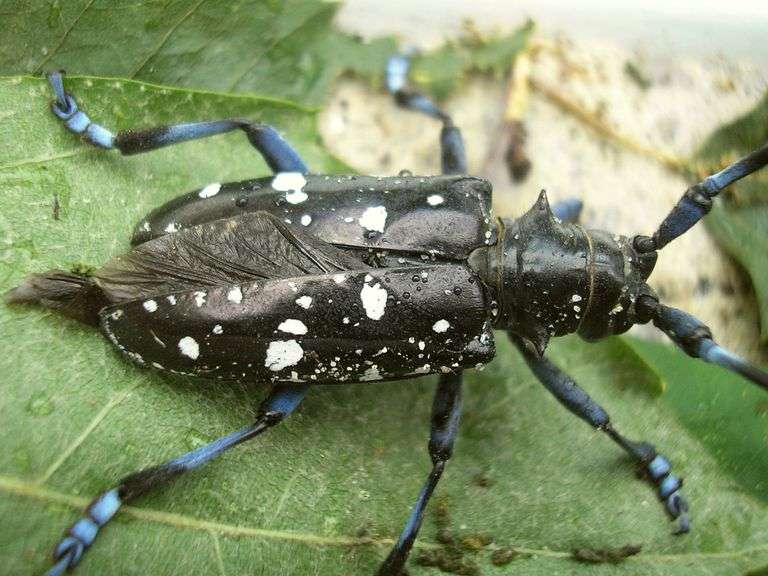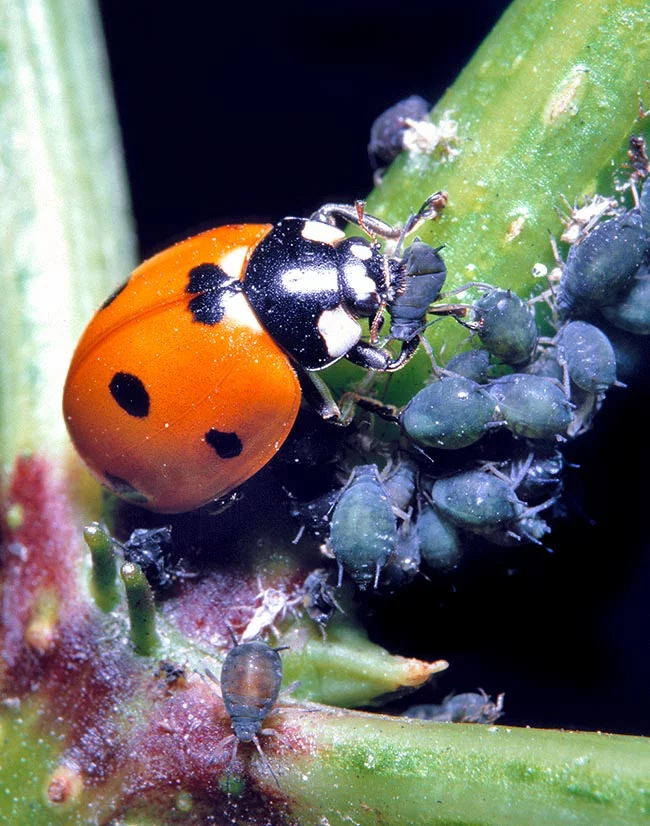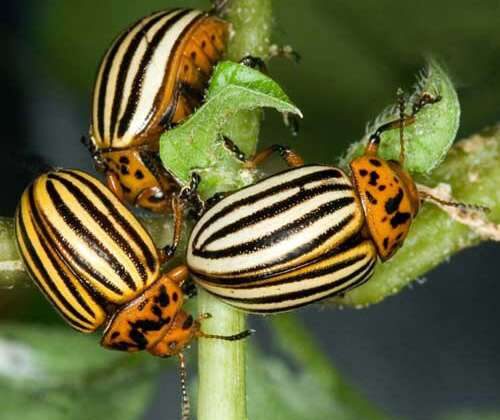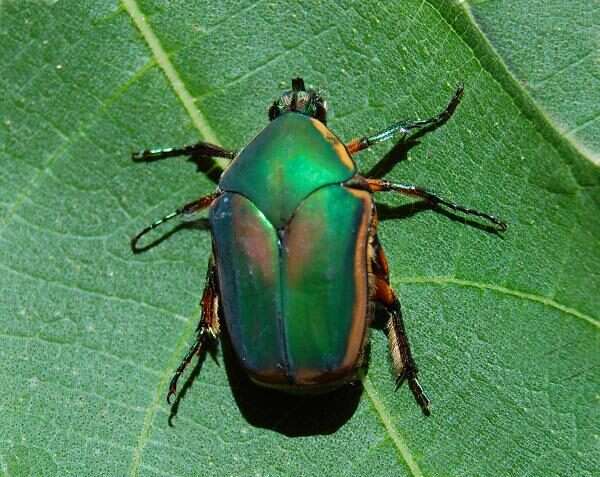
Eastern China and Korea are the natural habitats of the Anoplophora glabripennis; sometimes referred to as the sky beetle, ALB or starry sky. Since its initial discovery in the United States in 1996, this species has unintentionally spread to Canada and a number of European nations. It is thought that solid wood packaging materials from Asia helped disseminate this insect.
Geographical Location
Chinese and Korean natives are known as Anoplophora glabripennis. Through commercial commerce, they were introduced to the larger regions of Chicago and New York between 1994 and 1996.
Habitat
Asian long horned beetles live in woods and warehouses that are made of hardwood. They live in several species of hardwood trees on land in parts of the United States and temperate regions of Eastern Asia.
Physical Appearance
- Anoplophora glabripennis adults measure 20 to 35 mm in length and 7 to 12 mm in width. Each wing cover has about 20 white dots on their glossy black bodies.
- Male beetles have antennae that are 1.5 times longer than their bodies, whereas female beetles have antennae that are 1.3 times longer than their bodies.
- Both sexes have black and white stripes on their antennae.
- The adult males’ top legs are whitish-blue in color.
- The design of the antennae and the patterns of the wing coverings help to distinguish Anoplophora glabripennis from closely similar species.
- Larvae can grow to a length of 50 mm. They have a long, cylindrical shape, are light in color, and have a textured bottom.

Diet
Anoplophora glabripennis adults have herbivorous diets that consist of leaves, twigs, and other plant materials. Juveniles feed on the phloem, healthy bark and xylem of hardwood trees, particularly species of poplar, in their natural habitat. The beetles consume a wide range of trees in the United States, including birch, chestnut, green ash, and maple.
Longevity
Asian Long-Horned Beetles mature in the wild between one and three years after hatching. Males live an average of 50 days, while females live an average of 66 days. It is unknown how long A. glabripennis can live in captivity.
Economic Importance in Humans Life
Positive Role
These beetles have not yet been found to have any positive economic advantages.
Negative Role
There is no information on the economic impact of these beetles in their natural habitat. A. glabripennis has the potential to have a huge influence on American sectors including maple syrup, lumber, and nurseries. To stop the spread of A. glabripennis, every tree that has been discovered to be a victim of beetle infestation must be cut down. More than 4,000 trees had been cut down in New York as of the summer of 2000, and 1,400 more had been damaged in the Chicago region. For both communities, this resulted in total expenses of more than $25 million dollars. If the A. glabripennis infestation in the United States is not controlled, it is predicted to cost the country a total of $669 billion. The shipping sector has already felt the effects of the beetle.
Table





